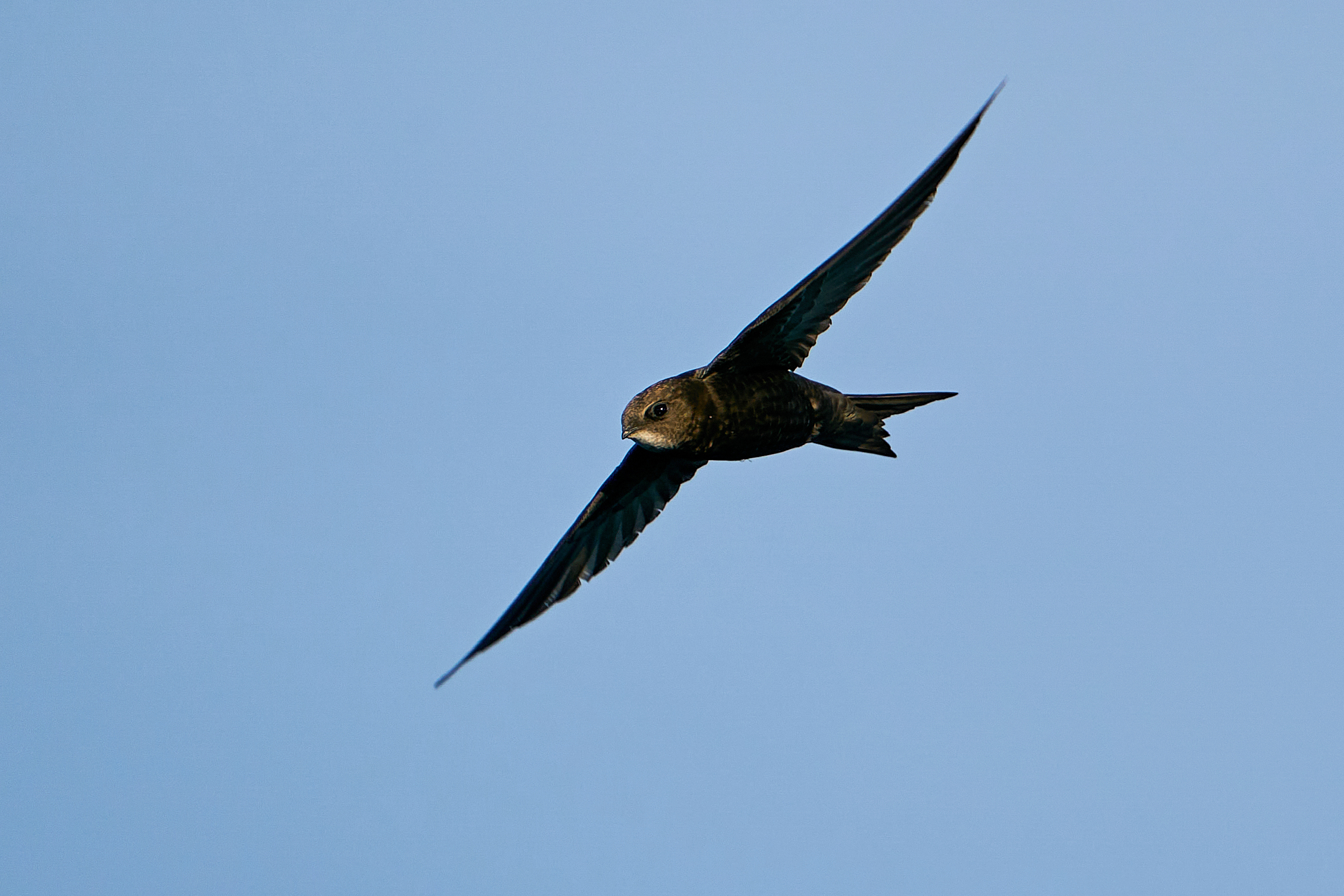10 Things You Didn’t Know About Unusual Animal Sleep Habits
2. Birds and Biphasic Sleep Patterns

Birds, with their remarkable ability to fly vast distances, have developed unique sleep strategies to cope with the demands of long migratory journeys. One such adaptation is biphasic sleep, a pattern that involves two distinct phases: a brief period of deep sleep followed by a lighter, more alert state. This sleep strategy allows birds to rest while remaining vigilant to environmental cues and potential predators. During migration, some bird species, such as the Alpine swift, can stay airborne for months at a time, raising the question of how they manage to sleep without landing. Researchers have discovered that these birds engage in short bouts of sleep while flying, often during periods of gliding when energy expenditure is minimal. This ability to sleep on the wing is facilitated by the bird's capacity to enter a state of microsleep, where only a small portion of the brain is at rest, allowing the bird to maintain control and navigate its surroundings. Biphasic sleep in birds is not only a fascinating adaptation but also provides insights into the evolutionary pressures that shape sleep patterns. It highlights the importance of flexibility in sleep architecture, allowing animals to balance the need for rest with the demands of their environment. Understanding these patterns in birds can offer valuable lessons for optimizing human sleep, particularly in individuals who struggle with traditional sleep schedules.